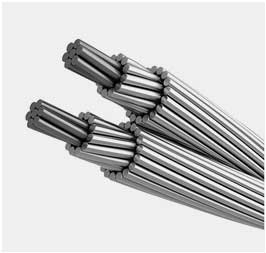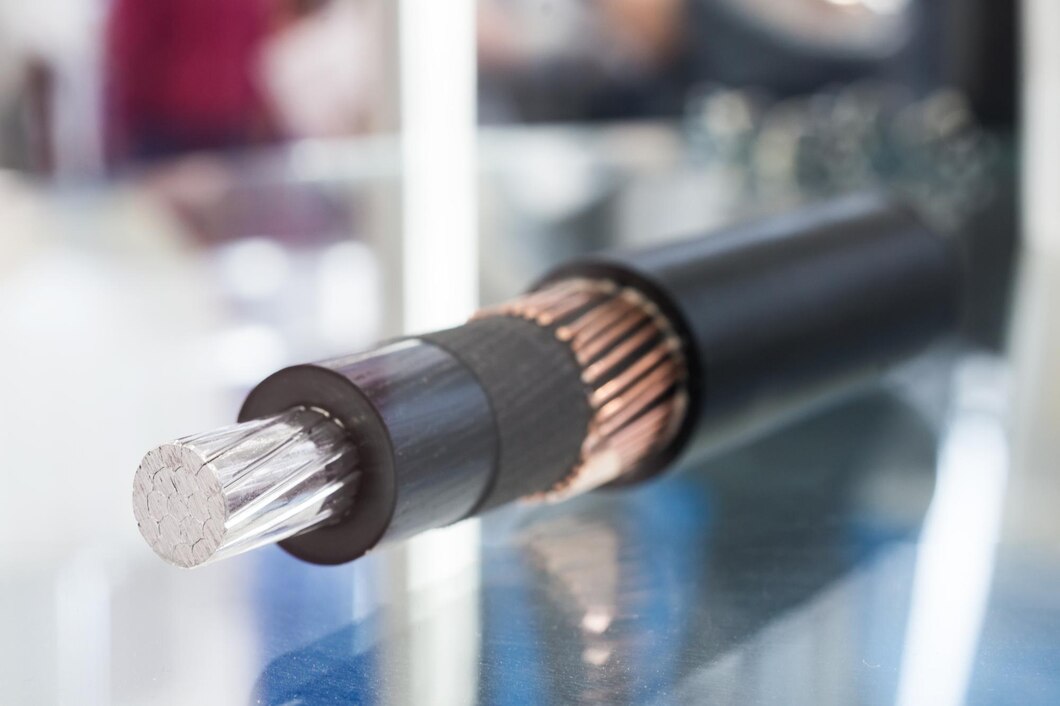Table of Contents
In today’s interconnected world, data centers and telecommunication networks form the backbone of virtually every industry. They enable seamless communication, cloud services, data storage and internet connectivity across the globe. At the heart of these vast systems are the power cables that ensure that these critical infrastructures remain operational without interruption. These cables are responsible for supplying the necessary energy to keep servers, routers, switches and other essential hardware functioning optimally.
The role of power cables in data centers and telecommunication networks cannot be overstated. Whether in industrial settings or underground power systems, reliable power delivery through high-performance cables ensures the integrity and efficiency of these networks. This article explores how power cables, including industrial copper power cables contribute to the seamless operation of data centers and telecommunication systems.
Power Cables: The Lifeline of Data Centers and Telecommunication Networks
A data center is a facility that houses critical computing resources, such as servers, storage systems and networking equipment. In telecommunication networks, power cables are necessary to sustain the complex web of communication systems, from mobile towers to fiber optic hubs. Both of these sectors rely on a continuous and stable power supply to prevent downtime and to ensure the uninterrupted flow of data. Capital Cables, as a leading Power cables manufacturer play a critical role in providing the necessary products that deliver electricity safely and efficiently to these facilities.
Power cables supply energy to key infrastructure, including air conditioning systems, servers, switches, routers and backup power systems. These cables must be highly efficient, resilient and capable of handling the substantial power loads typical in data centers and telecommunication systems. Any failure in the power cables can lead to significant operational disruptions, potentially resulting in financial losses or security breaches.
Underground power cables are often preferred in urban and industrial settings, especially where safety and space constraints are concerns. These cables ensure a secure and protected route for power distribution, reducing the risks associated with weather-related damage or physical tampering. As such, underground power cables are a critical feature in ensuring the continuity of services, particularly for telecommunication networks that need to maintain an uninterrupted connection for millions of users.
Client Speaks
“Good”
The Demand for High-Quality Power Cables in Data Centers
The complexity of data centers and telecommunication networks demands that the power cables used in these facilities meet the highest standards of reliability, performance and safety. Best HT power cables, which are used for high-tension applications, are essential for transferring electricity at high voltages over long distances, especially in large-scale data centers. These cables are designed to handle significant electrical loads and are integral in ensuring that the entire infrastructure remains powered without overloading circuits or causing safety hazards.
Furthermore, data centers often require robust backup power systems, such as uninterruptible power supplies (UPS) or generators. Power cables used in these systems must be resilient and able to withstand high electrical demands, ensuring a smooth transition in case of a primary power failure. Eco-friendly power cables, which are designed to reduce environmental impact, are also gaining traction in data centers where sustainability practices are becoming a priority. These cables minimize harmful emissions during production and are typically built with recyclable materials, contributing to green building certifications and overall environmental responsibility.
For industrial copper power cables, their superior conductivity is a key advantage in data centers and telecommunication networks. Copper, being one of the most efficient conductors of electricity, ensures that minimal energy is lost during transmission, which is crucial for optimizing the performance of sensitive electronic systems. By minimizing energy loss and reducing the need for excessive cooling, industrial copper power cables contribute to the overall efficiency of the system.
Ensuring Operational Efficiency and Redundancy
Power cables in data centers and telecommunication networks are responsible for delivering energy to a wide array of devices, which must operate 24/7 without failure. Reliability is paramount, as even a brief power disruption can cause significant damage or loss of data. To mitigate this risk, modern facilities rely on redundant power systems, where multiple power sources and backup systems are integrated to guarantee continuity in case of primary power failures.
This redundancy requires highly resilient power cables that can handle the load of multiple systems working simultaneously. Whether its HT power cables used for high-voltage distribution or industrial copper power cables employed for internal connections, the ability of power cables to deliver constant, reliable energy is central to maintaining operational efficiency. Without these essential components, the entire infrastructure could suffer from interruptions, slowing down the processes critical to businesses, governments and other stakeholders relying on uninterrupted data flow.
Telecommunication networks are also highly dependent on the continuous flow of power through their systems. From communication towers to fiber optic cables, a consistent energy supply ensures that the signals can travel without degradation. Eco-friendly power cables also play a role in meeting the growing demand for greener technologies while still providing the high-performance capabilities required by these networks.
The Impact of Power Cables on Telecommunication Network Reliability
Telecommunication networks form the lifeblood of modern communication systems. The reliability of these networks depends heavily on the power infrastructure supporting them. Power cables for telecommunication systems must be designed to carry electricity efficiently to telecommunication towers, network hubs and underground conduits. These cables must be able to withstand environmental challenges such as extreme weather, temperature fluctuations and physical damage.
In telecommunication networks, underground power cables are often used to reduce the risk of damage caused by natural disasters like storms, floods or earthquakes. These cables offer enhanced protection compared to overhead lines, ensuring that the network remains operational even in the face of adverse conditions. By utilizing these durable cables, telecommunication providers can minimize downtime and improve the overall reliability of their services.
Moreover, the demand for higher data transmission rates has pushed the limits of current telecommunication infrastructure, requiring more robust and advanced power systems. As a result, best HT power cables are increasingly used in high-capacity telecommunication applications, enabling long-distance transmission of electricity with minimal voltage loss. These cables are instrumental in ensuring that the power infrastructure meets the growing demand for data transmission in global networks.

Power Cable Selection: An Integral Part of Data Center and Network Design
Selecting the right power cables at Capital Cables is crucial to ensuring that data centers and telecommunication networks operate without issue. When designing the power infrastructure for these facilities, several factors must be considered, including the power capacity, environmental conditions and redundancy requirements. The selection of power cables must be based on these factors, ensuring that the power system can handle current and future demands.
Choosing the right cables also impacts the facility’s operational costs. Cables with higher efficiency, reduce energy waste, thus lowering the need for excessive cooling and contributing to lower operational costs. In data centers, where energy consumption is one of the largest ongoing expenses, selecting the most efficient power cables can lead to significant cost savings.
Conclusion
In both data centers and telecommunication networks, power cables are more than just conduits for electricity – they are the backbone that ensures the continuous operation of these critical infrastructures. From industrial copper power cables that deliver efficient power to eco-friendly power cables that meet modern sustainability standards, these cables play an integral role in powering servers, communication hubs and backup systems.
As the demand for data continues to grow, the role of power cables will only become more crucial. Their ability to meet the evolving needs of data centers and telecommunication networks will be essential to maintaining the pace of technological advancements. By investing in Capital Cables, operators can secure the long-term functionality, efficiency and reliability of their systems, ensuring that its networks continue to serve millions of users worldwide.
Table of Contents


